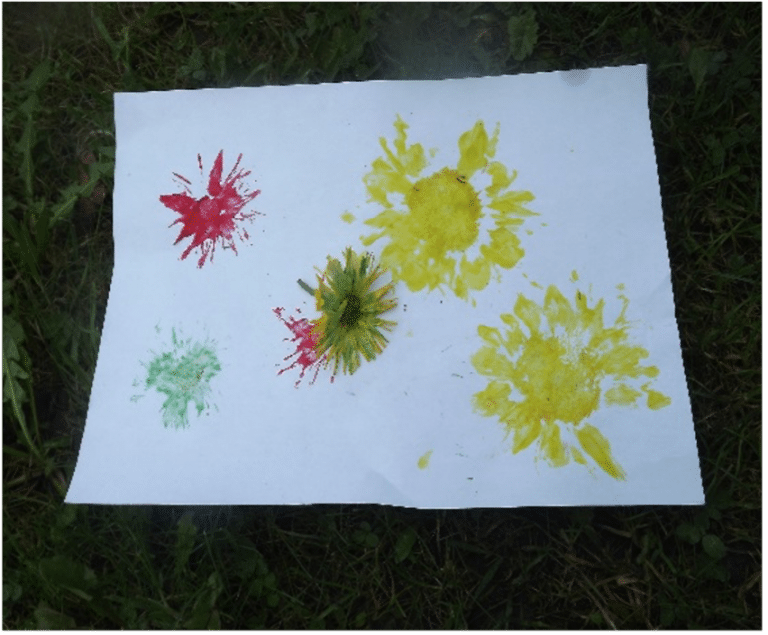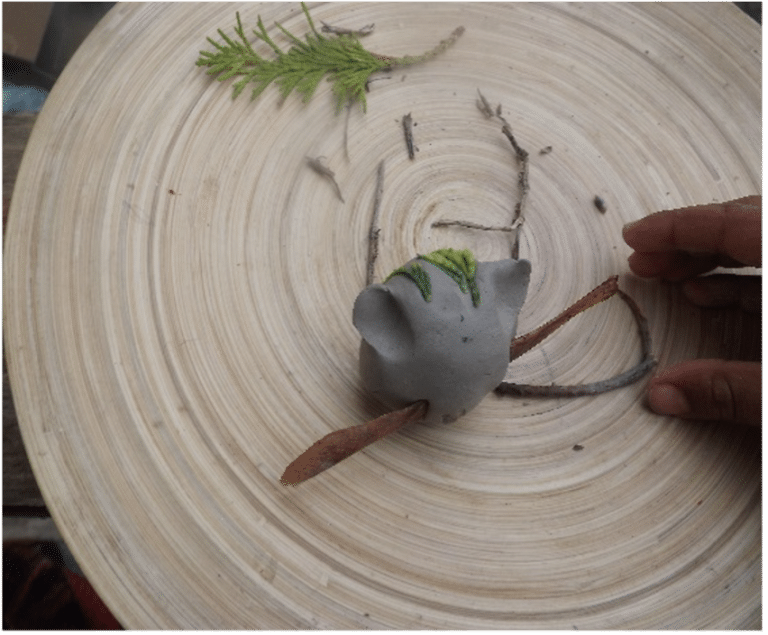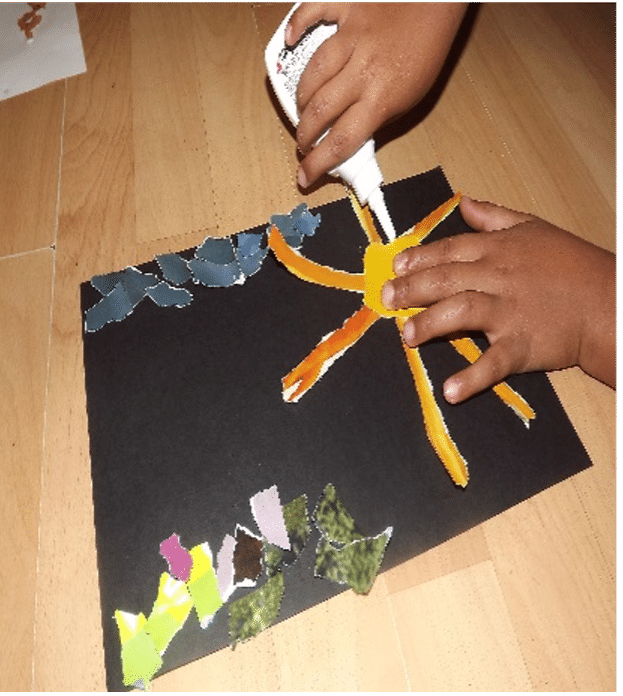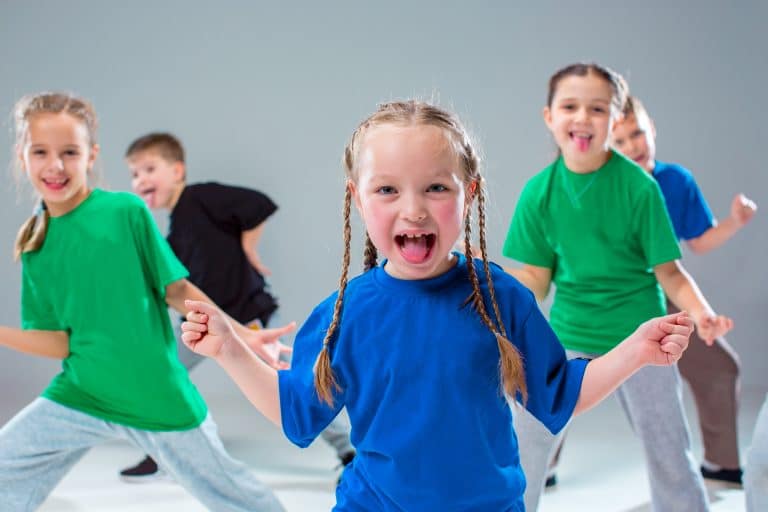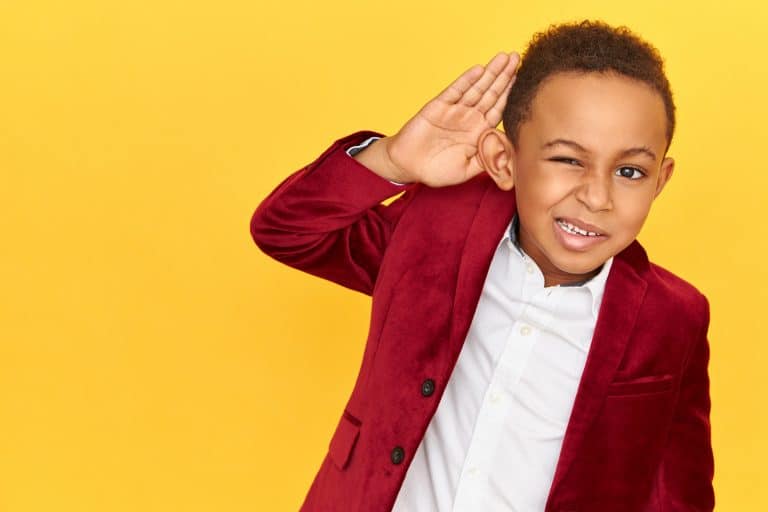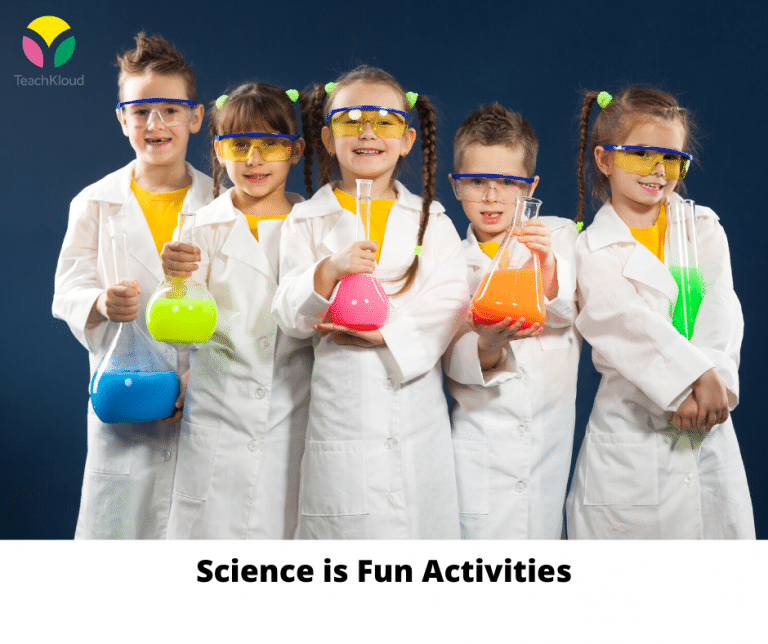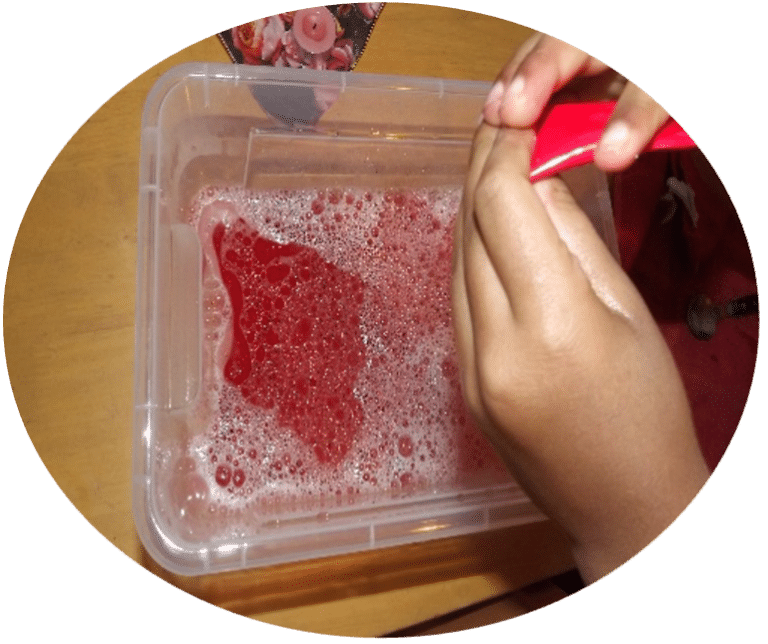There is so much to discover!
“The Earth is what we all have in common” – Wendell Berry
Materials
- A short strong stick to fix the two fruits together; whole fruits such as apples, pears, quince; more sticks for the arm
- A set of eyes (‘googley’ eyes/paper eyes/cloves/stones etc.)
- Natural materials (flowers, leaves, grass, straw, bark, seeds to decorate
- Water and flour paste to stick materials together or PVE glue if it is hard to fix materials on the fruit
Learning Goals
- Encourage role play
- Extend language development
- Support fine motor skills
- Introduce or develop early learners awareness of ‘zero waste’
Process Description
Caring for the World Around us
Introducing topics such as sustainability, waste management or climate change to young children can be done through mealtimes or art activities. Children can experience the usefulness of natural resources, when been brought in contact with less valued natural resources in their environment. Using food (fruits and vegetable with marks, insects, colour changes, out of date pasta, seeds etc.) which would end up in the bin, can be valued and used in art activities (Murphy, 2012).
Valuable discussions, reasoning and higher order thinking is supported through exchanging thoughts on this topic. In terms of “not wasting food”, “playing with food”, “being different” and other discussion points can come up during the making (Neill & Ridley, 2013).
The educator’s support might be needed in helping to put the stick halfway through one fruit (which is the body) and halfway through a smaller fruit (which is the head). Children can add small sticks as arms on each side. Stick eyes and other materials onto the apples as hair, skirt, tie, beard, ears.
The final fruit person can be placed into a flower bed outdoors or in a flowerpot indoors. This activity is to demonstrate that fruits that might not be used to eat, can be used for other activities. The main focus on this learning opportunity is not the final product but the sensory experiences and discussions during the process of creating the Fruit People.
Remember to involve parents by sharing children’s work and posters about zero waste and/or caring for our environment (see below for downloadable materials). Thousands of educators and parents use TeachKloud’s nursery and preschool app to collaborate, share media and work together to provide quality learning experiences for all children. Create learning journeys, track attendance, share information and much more. Do you have parents who work in waste management or can volunteer to speak to or do a learning activity with your early learning group? Involving parents in their child’s learning is the first step to building great partnerships.
Adaptation for Older Children
For older children in the final years of preschool or kindergarten (use your expertise and knowledge of the children to determine the appropriate age range), we can use posters to learn more about why we recycle. Here are some sample posters and graphics to use in your early childhood or kindergarten setting.
Reflective questions
- What could have been better?
- How did I scaffold children’s learning?
- Could I have adapted the learning opportunity to reflect all children’s needs, abilities and interests
Looking and responding
Sometimes we throw away things that we can reuse. Do you know where our garbage goes when we throw it away? Do you know how too much waste can affect our weather?
Valuable discussions, reasoning and higher order thinking is supported through exchanging thoughts on this topic. In terms of “not wasting food”, “playing with food”, “being different” and other discussion points can come up during the making (Neill & Ridley, 2013).
Bibliography
- Murphy, L. (2012) Using food in the classroom [online]
- Robb, M., Mew, V., Richardson, A. (2015) Learning with Nature. A how-to guide to inspiring children through outdoor games and activities. England: Green Books.
- National Council for Curriculum and Assessment (NCCA, 2009), Aistear: The Early Childhood Curriculum Framework. Dublin: NCCA.
- Neill, A. and Ridley, A. eds., (2013) Arguing about art: contemporary philosophical debates. Routledge.
Author Bio
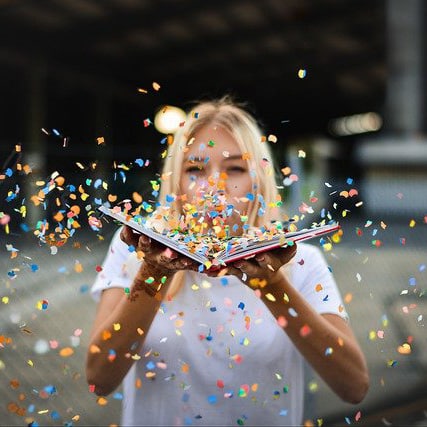
TeachKloud is a cloud-based management platform for early childhood educators and parents!


